BMW to present BMW iX5 Hydrogen at the IAA Mobility 2021
Green Car Congress
AUGUST 18, 2021
The BMW i brand, which is entirely geared towards locally emission-free mobility, could in the future also offer vehicles with hydrogen fuel cell drive trains, in addition to battery-electric models such as the BMW i3, BMW iX3, BMW iX and BMW i4. The BMW iX5 Hydrogen combines fuel cell technology with a fifth-generation BMW eDrive.

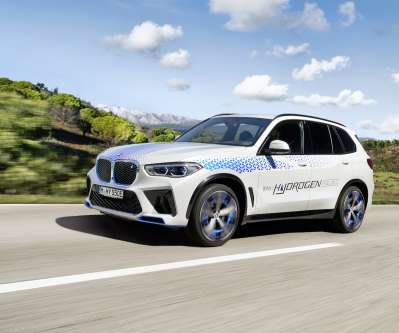
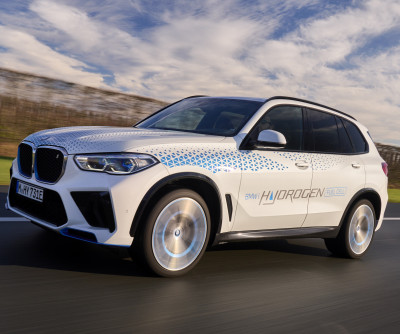








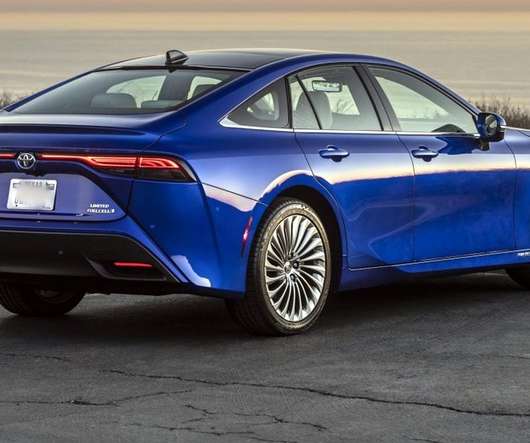

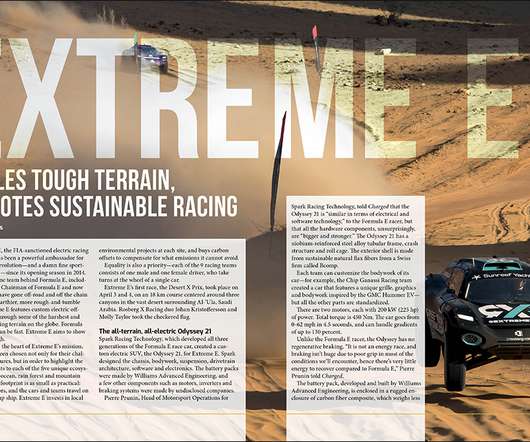



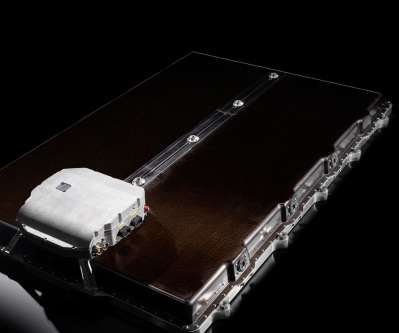






Let's personalize your content